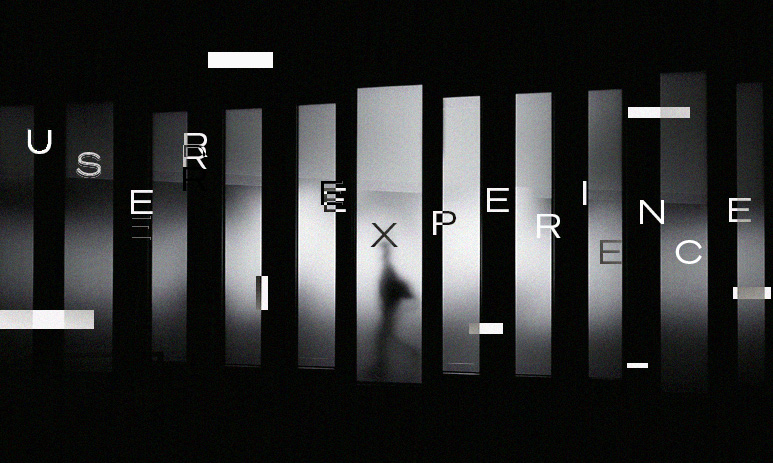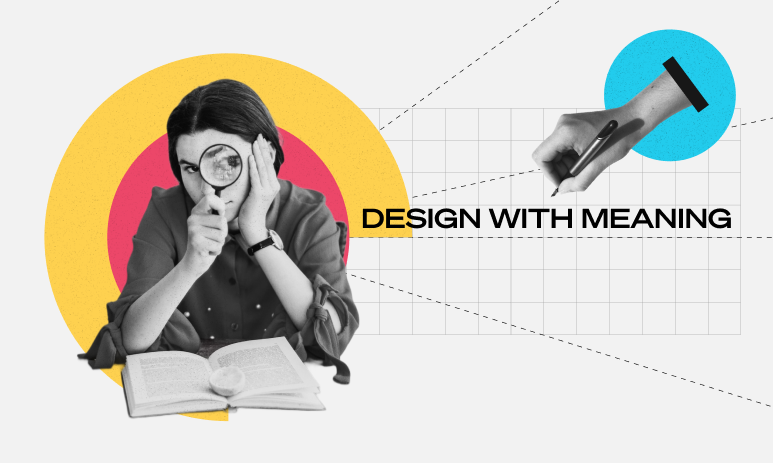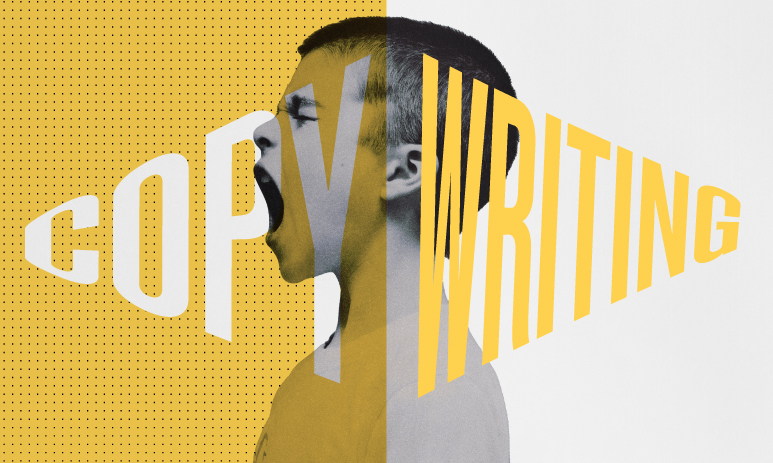The Importance of Microcopy in UX Design
Related Services
Credits
Writer: Sanela Ciubotaru Kurtek
Editor: Viri Serrano
Designer: Mark Yoder

In UX design, the words you choose to complement your designs can shape the user’s perception of the product and how they interact with it.
Because even if you design the most intuitive digital product, some parts would still need to be explained to the user. The process of creating these explanations – instructions, prompts, and signs that guide users and motivate them to take specific actions is called UX writing. Its end result is called microcopy.
In contrast to the marketing copy, microcopy’s purpose isn’t to persuade users to make a purchase or explain why your brand is the best choice. Instead, it provides context for the situations the user may encounter while interacting with your website or app and aims to remove any insecurities they may have. With appropriate microcopy, you can give your users more information and show them what will happen next. Choosing the right words to guide your users can increase accessibility, gain their trust, and decrease their anxiety about things on the site/app/product they might not understand.
What Are Some Examples of Microcopy?
As users, we encounter different types of microcopy every day. For example, when signing up for a digital service, you may see information such as “Password must contain at least eight characters.” The button next to it might say “Save password.”
Other types of microcopy range from button labels and placeholder text in the form fields through error messages and helpful tips such as “Click here for more information” to Progress indication information and even social proof (“4.7-star rating based on 200+ reviews). These instructions provide the user with helpful information, reducing their cognitive load and helping them make better decisions.
How To Write Effective Microcopy
Imagine microcopy as a piece of the puzzle. To create a pleasant experience for the user, it needs to integrate with the rest of the design. Once it’s connected with the rest of the pieces, they make a complete picture. And just like all the other design pieces, microcopy needs to meet specific criteria. Good microcopy is concise. It is short, but not at the expense of usability. It is almost invisible and blends in with the design instead of distracting the user. It uses simple, easy-to-understand language instead of complicated terms.
Although good microcopy needs to be short and to the point, it doesn’t have to be dull. On the contrary, a creative and engaging microcopy captures the user’s attention and makes the interface more enjoyable. It also contributes to the positive image of the brand. At the same time, your instructions to the user need to be predictive and helpful. You’re one step closer to conversion if you answer a question or fill a need before the user has a chance to ask.
A very common example of when helpful instructions are missing is when the user needs to create a password. To help the user, you could include simple tips such as these:
- At least one uppercase letter
- At least six characters
- At least one symbol or a number
Once you figure out how you want to guide your user, focus on using the same tone and language throughout the interface. This will help users navigate it easily. For example, it can be confusing if you use “Remove” for one button and “Delete” for another. Make it easier for the user by staying consistent and sticking to one type of label throughout the entire UI. This will prevent unnecessary pain points for users.
It’s easier to establish a unified user experience that users can rely on when you provide consistent but helpful microcopy. In this way, users feel comfortable and confident that no matter what part of the product they use, they will receive the same quality of experience.
Why Microcopy Matters
Do you ever hesitate to sign up for a free trial because you aren’t 100% sure your credit card won’t be charged? You wouldn’t hesitate if you had enough information about the process. This is why microcopy matters. In this case, the extra information would explain the signup process and the free trial terms, ensuring that users know exactly what they’re getting into. Having this information would make it easier for them to finish signing up.
Microcopy also plays a vital role in accessibility. Proving clear and concise instructions on how to use a product helps users with cognitive or visual impairments to understand it better. For example, labeling your button with “Book an appointment” instead of “Click here” makes a big difference. After all, UX design is a human-first approach to product design, and you should make sure your products are inclusive and accessible to everyone.
A UX writer should ensure that everything the development and design teams create is adequately explained to the user. Creating simple, helpful instructions helps UX writers build brand trust and ensure that users do not get lost or confused. So next time you’re designing something for other humans, look at the words you’re using. They can either encourage your users to continue using your product or they can scare them away.
If you want to discover more about the impact of microcopy and how it can elevate the user experience to drive engagement, get in touch with Pastilla!


